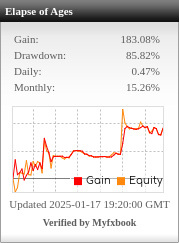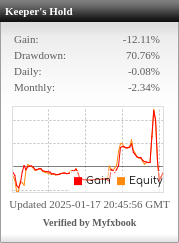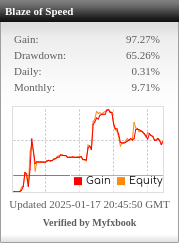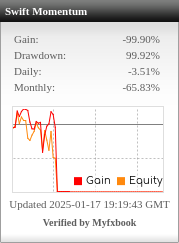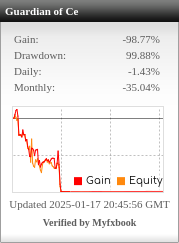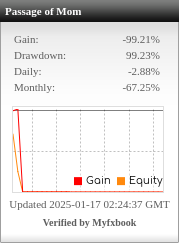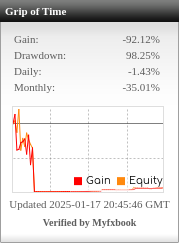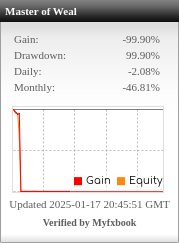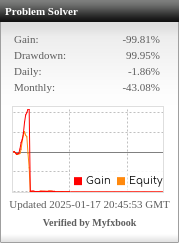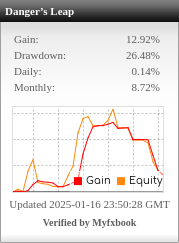Table of Contents
To start with a combination that covers different market conditions while aligning with your desired strategy, I recommend focusing on a hybrid of Trend Trading, Breakout Strategy, and Swing Trading. These three strategies complement each other well and offer a balanced approach to both trending and volatile markets.
Combination Strategy: Trend + Breakout + Swing
Key Features:
- Trend Trading: Capitalizes on long-lasting trends using indicators like ADX, MACD, and Ichimoku to identify strong trends. This ensures you catch larger moves.
- Breakout Strategy: Helps in volatile conditions where price breaks out of consolidation. Use Bollinger Bands, ATR, and Momentum to identify breakouts and apply trailing stops to secure gains.
- Swing Trading: Captures intermediate price swings between market highs and lows. MACD, RSI, and Fractals work well to time entry and exit points, ensuring you profit from reversals or corrections.
Signals for the Combination:
- Trend Trading: Use ADX (>25) to confirm a strong trend. Combine with Ichimoku for entry points in the direction of the trend. Apply MACD for further momentum confirmation.
- Breakout Strategy: Add Bollinger Bands for spotting volatility and breakout zones, while ATR helps manage trailing stops after the breakout. Momentum confirms the strength of the breakout.
- Swing Trading: Use Fractals and RSI to identify swing highs and lows. Swing trades can be opened in the direction of the trend or at key reversal points. Apply a trailing stop or break-even to secure profits on swings that move in your favor.
Application of Your Rules:
- Open Orders with Duplicates Allowed: During strong trend or breakout conditions, duplicate trades can be placed. For instance, multiple orders can be triggered as long as ADX shows a strong trend or Bollinger Bands expand during a breakout.
- Profit Targets: Exit trades when profit reaches 1-5% of total capital or the position exceeds 5 days. Use RSI or Fractals to close swing trades, while MACD and ATR help manage trend and breakout exits.
- Break-Even and Trailing Stop: Apply a Parabolic SAR or ATR-based trailing stop after price moves in your favor. For trend trades, break-even should trigger when the price has moved favorably by a set percentage (e.g., 1-2%).
- RRR > 1:3: Ensure all trades have a minimum risk-reward ratio of 1:3 by setting stop-losses based on ATR and take-profits aligned with trend direction.
- Close by Friday: Use an exit rule to ensure all positions are liquidated before Friday’s close, even if the profit target has not been met.
- Consecutive Wins/Losses > 2: Monitor consecutive wins or losses to adjust position sizing or avoid overtrading during losing streaks.
Expected Benefits:
- Trend Trading captures long-term movements in strong markets.
- Breakout Strategy profits from high volatility and sharp market moves.
- Swing Trading adds flexibility by allowing trades in both trending and counter-trending situations.
This combination can help you build a well-rounded system, adaptable to various market conditions while maximizing your profit potential.


